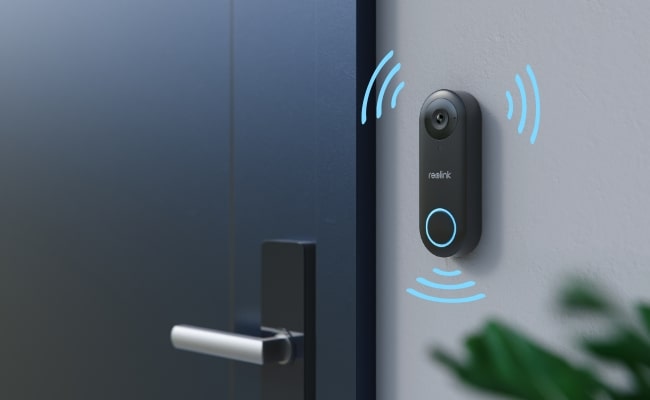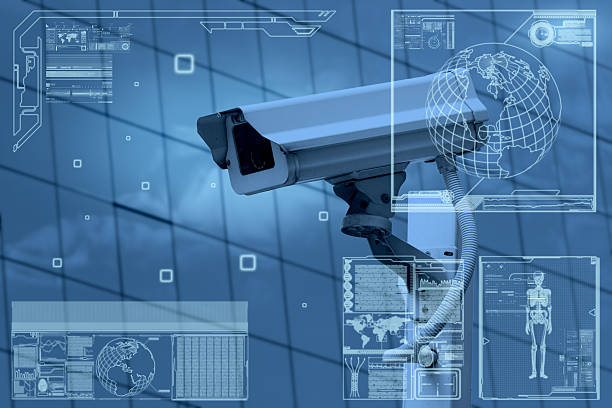Advanced Door Access Systems for Security:
Door access systems: are technologies designed to control and monitor who can enter or exit a building or specific area. These systems are widely used in both residential and commercial environments for security and convenience. They replace traditional locks and keys with electronic or biometric methods to grant access. Here are some common types of door-access systems:
- Keycard Systems: Employees or authorized individuals are given keycards or fobs, which are swiped or scanned at the door’s reader to gain access. These systems are common in office buildings and hotels.
- Biometric Systems: These systems use unique biological traits, such as fingerprints, retina scans, facial recognition, or hand geometry, to verify identity and allow access.
- PIN Code Entry: Users enter a personal identification number (PIN) into a keypad to gain access. This is often used in conjunction with other methods like keycards or biometrics.
- Smartphone-Based Access: With the advent of mobile technology, some systems now allow access using Bluetooth or Wi-Fi-enabled smartphones. Users can unlock doors with an app on their phone or using proximity sensors.
- Remote Access Systems: Some systems allow authorized individuals to remotely grant or deny access via mobile apps or web portals. This is common for managing access in multiple locations or for visitors.
- Intercom Systems: These systems often combine audio and video communication with access control. For example, in an apartment building, a visitor can speak with the resident via an intercom and, if authorized, be granted access.
- Turnstiles & Gate Systems: These are often used in high-security areas, such as airports, stadiums, or office complexes. They restrict access to only one person at a time, and often include a variety of access control methods (e.g., card readers, biometrics).







